What are the heaviest organs in the human body?
Which of the body's organs weigh the most? The answer may surprise you.

An organ is a group of tissues that work together to perform a specific task in the body, such as digesting nutrients or producing chemical messengers that enable brain cells to communicate. Although scientists hold different views on what exactly counts as an organ, the most-cited number of organs in the human body stands at 78. These include major functional units like the brain and the heart, as well as much smaller body parts, such as the tongue.
Organs come in all shapes and sizes to reflect the myriad of important functions they perform. But which of the body's organs weigh the most? The answer to that question may surprise you.
These are 11 of the heaviest organs in the human body.
Related: 10 body parts that are useless in humans (or maybe not)
1. Skin

Skin wears the crown of the heaviest organ in the human body — however, there's some discrepancy as to how much it actually weighs. Some sources state that adults carry an average 8 pounds (3.6 kilograms) of skin, while other sources say that the skin makes up about 16% of an adult's total body weight, which would suggest that a 170-pound (77-kg) adult's skin would weigh about 27 pounds (12.3 kg), for example.
Why does this discrepancy exist? According to a 1949 report in the Journal of Investigative Dermatology, the larger of the two estimates counts the panniculus adiposus — a fatty tissue layer that lies between the top layers of the skin and the underlying muscle — as part of the skin, while the smaller estimate counts this tissue layer as separate.
For what it's worth, the authors of the report argue against the inclusion of the panniculus adiposus and therefore conclude that skin makes up only about 6% of an adult's weight. But a modern medical reference text, the Primary Care Notebook, states that the fatty tissue is part of the third and deepest layer of skin, the hypodermis, which suggests it should be counted.
2. Femur
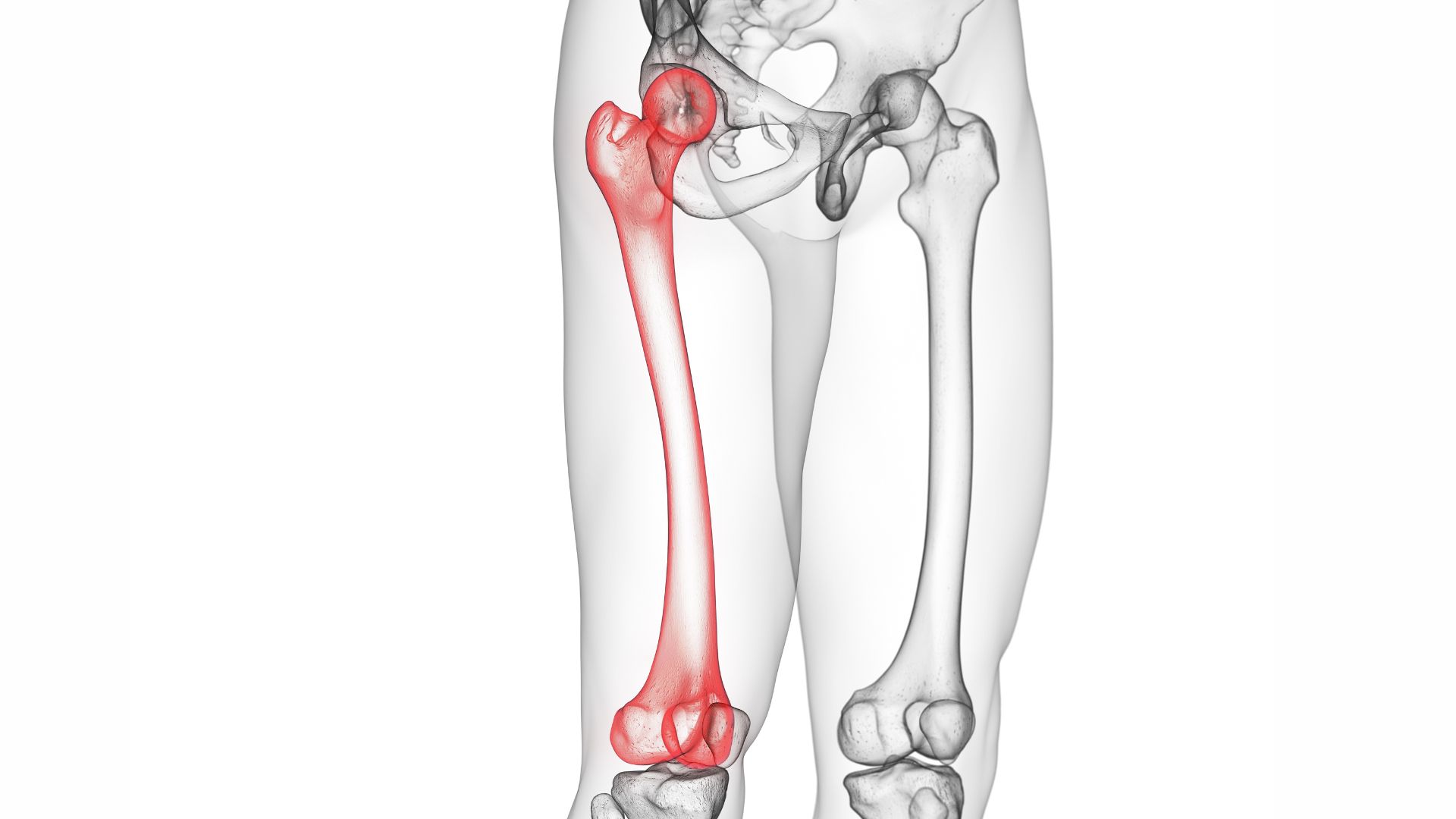
The skeleton is considered an organ system, or a group of organs that together perform specific physiological functions. One of the largest organ systems in the human body, the skeleton can weigh up to approximately 15% of an adult's total body weight, according to a 2019 review published in the International Journal of Biological Sciences.
The adult skeleton usually contains 206 bones, although some individuals may have additional ribs or vertebrae. The femur, a long bone located in between the knee and the hip, is the heaviest of them all, according to the medical resource StatPearls. On average, the femur weighs approximately 14 ounces (380 grams) — a bit less than one pound (0.4 kg) — but its exact weight varies depending on one's age, sex and health status, according to a 1974 review in the journal Acta Anatomica.
3. Liver
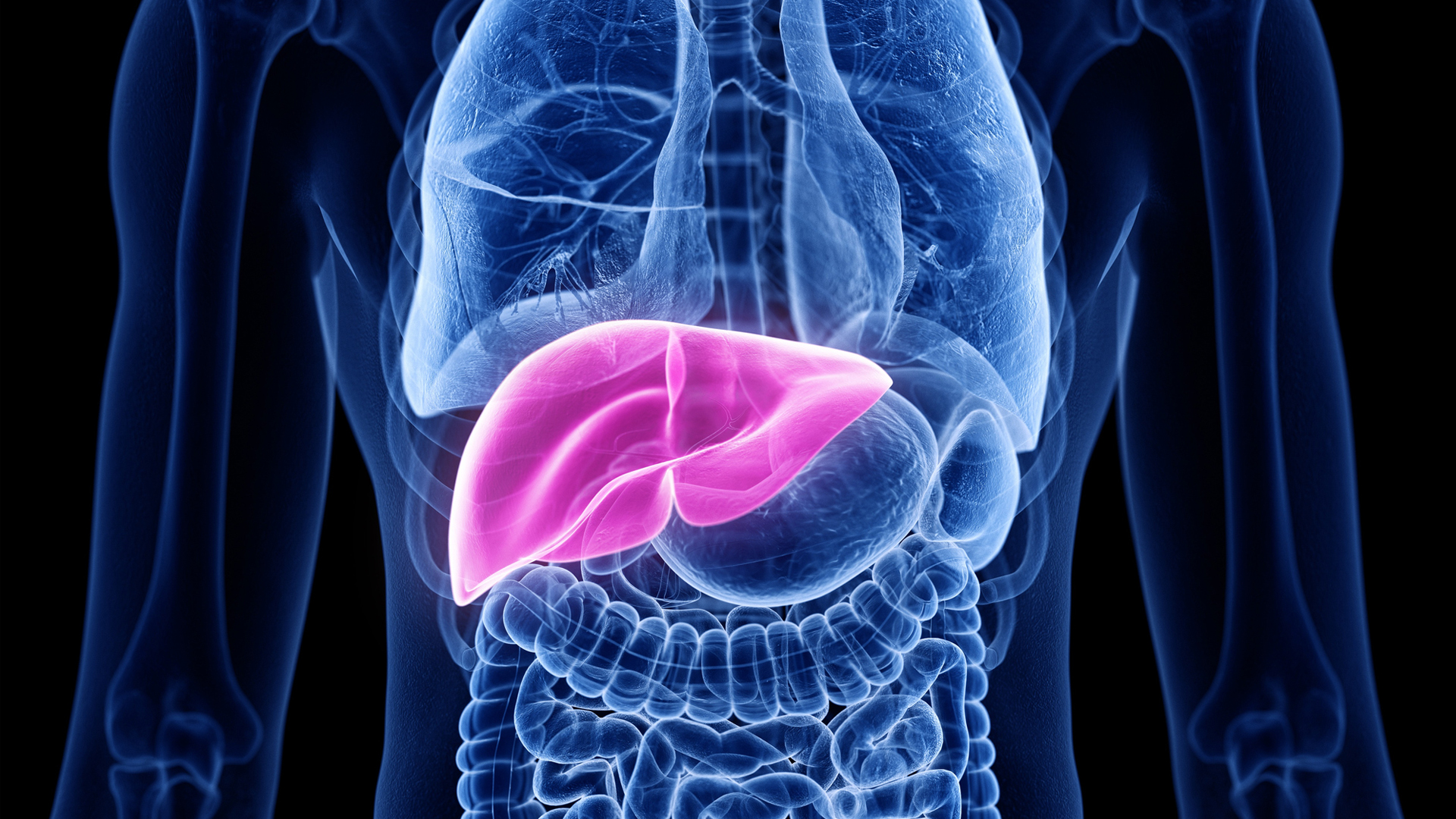
Weighing around 3 to 3.5 pounds (1.4 to 1.6 kg), the liver is the second heaviest organ in the human body, according to the American Liver Foundation.
The liver is a cone-shaped organ that sits on top of the stomach and beneath the diaphragm, the dome-shaped muscle located under the lungs. It helps break down toxins and digest food, among other vital functions. At any given moment, the liver holds about a pint (half a liter) of blood — about 13% of the adult body's blood supply, according to Johns Hopkins Medicine.
4. Brain

From reasoning to controlling movement, the human brain performs a myriad of vital functions in the body, and its weight reflects its importance. According to a commentary published in the journal PNAS, the brain accounts for about 2% of the average adult human's body weight.
The brain's mass also depends on one's age and sex. At age 20, an average male's brain weighs 3 pounds (1.4 kg). By the age of 65, it drops to 2.86 pounds (1.3 kg). Female brains, on the other hand, tend to weigh around 10% less than that of males, according to the Encyclopedia of The Human Brain (Academic Press, 2002). However, when overall body weight is taken into account, men's brains tend to be only 0.2 pounds (100 g) heavier, according to a 1992 review published in the journal Intelligence.
5. Lungs
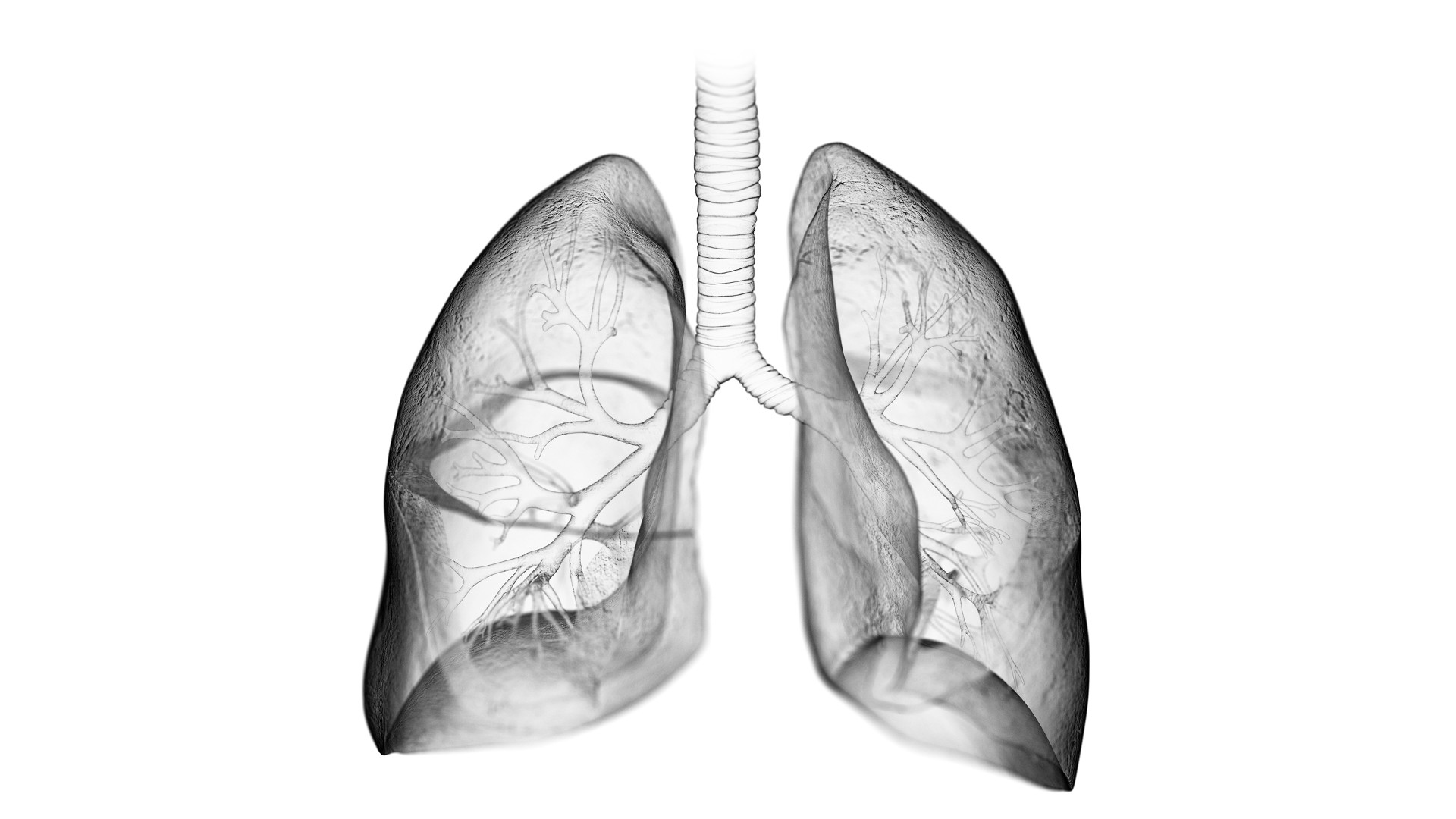
Lungs are among the heaviest organs in the human body. The right lung typically weighs about 1.4 pounds (0.6 kg), while the left lung is slightly smaller and weighs approximately 1.25 pounds (0.56 kg). In addition, male adults tend to have heavier lungs than female adults, according to Gray's Anatomy of the Human Body (Bartleby, 2000).
Interestingly, lungs weigh only 1.4 ounces (40 g) at birth. This organ is only fully developed when respiratory alveoli - the tiny branches of air tubes in the lungs - are fully formed. This happens at the age of 2, when lungs weigh approximately 6 ounces (170 g), according to the book Pediatric Critical Care (Mosby, 2011).
6. Heart
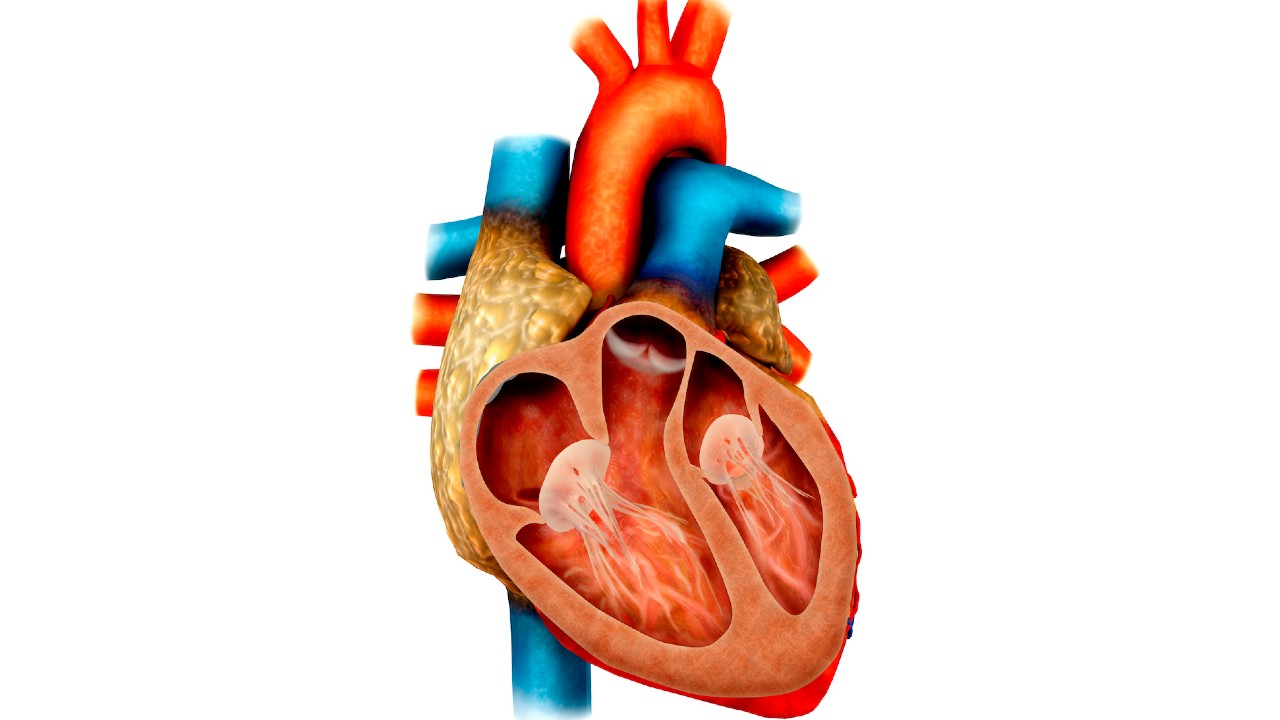
The human heart is at the center of the circulatory system. This vital organ tirelessly pumps the blood through the body, sending oxygen and nutrients into tissues and carrying waste products away from them. Heavy muscle fibers that power heart beats make up most of the heart’s impressive weight: around 10 to 12 ounces (280 to 340 g) in male adults and around 8 to 10 ounces (230 to 280 g) in female adults, according to Gray’s Anatomy of the Human Body.
7. Kidneys
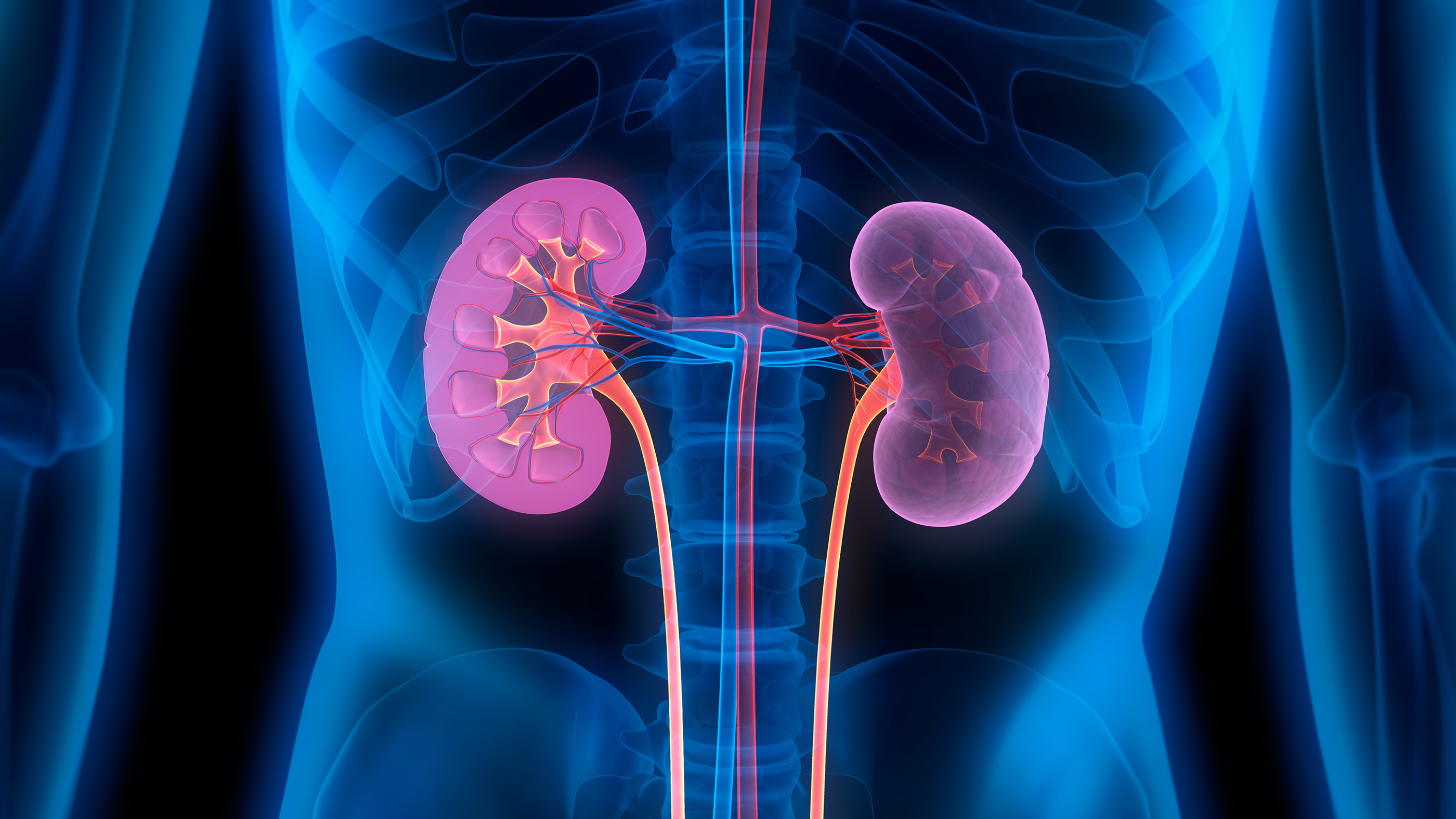
Kidneys remove toxins and waste products from the body. This important task is done by nephrons, which are tiny structures that act as filters between the bloodstream and the bladder. Each kidney contains millions of nephrons, making this vital organ one of the heaviest in the body: about 4.5 to 6 ounces (125 to 170 g) in male adult and from 4 to 5.4 ounces (115 to 155 g) in female adult, according to the Gray’s Anatomy of the Human Body.
8. Spleen
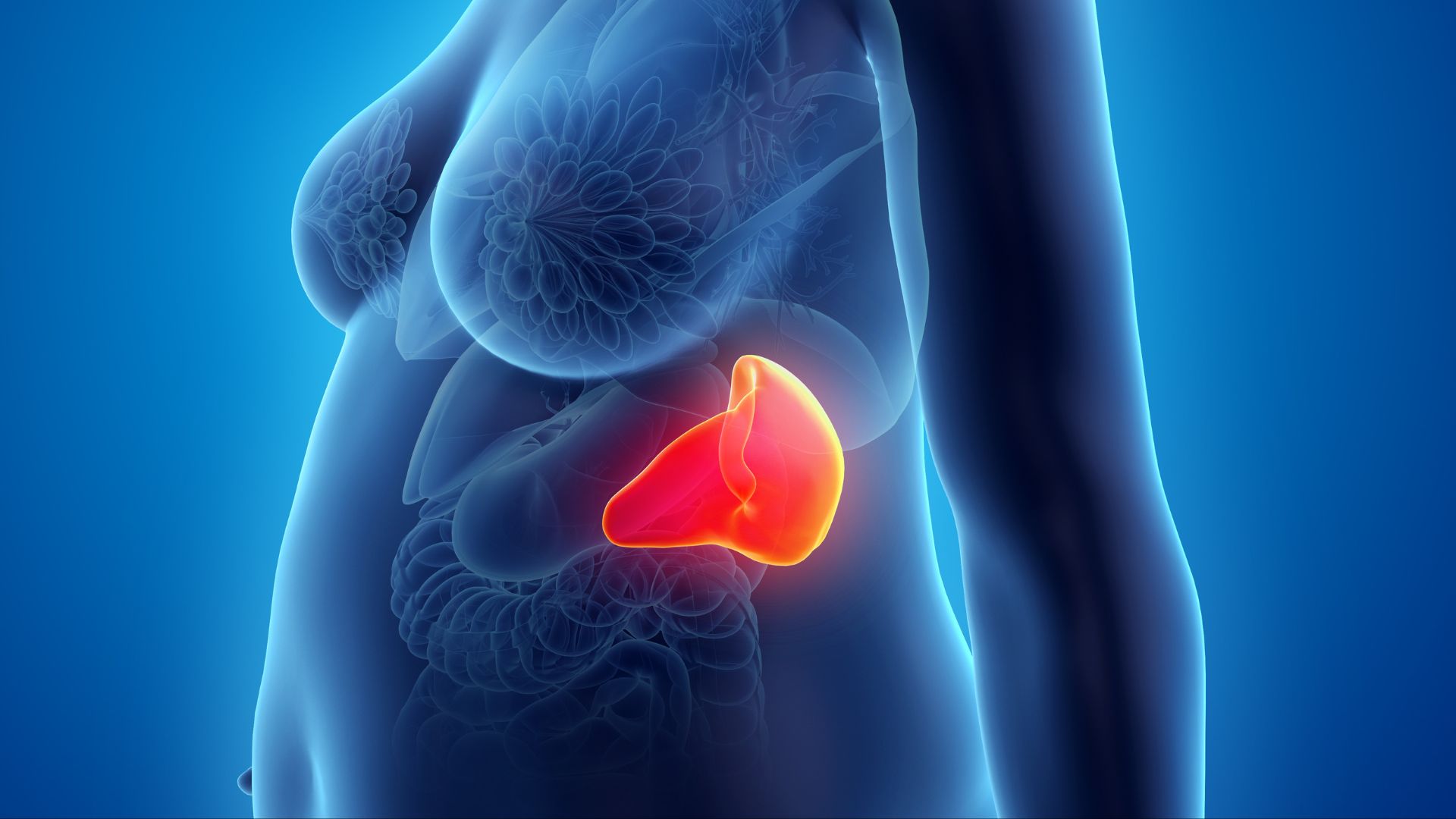
Located in close proximity to the pancreas, the spleen removes old and damaged red blood cells from the bloodstream, regulates the circulating levels of white blood cells, a type of immune cell and produces antibodies, immune molecules that help fight infections. The spleen weighs on average 5 ounces (150 g) in adults, but this weight may vary between individuals, according to a 2019 review published in the journal Surgery.
9. Pancreas
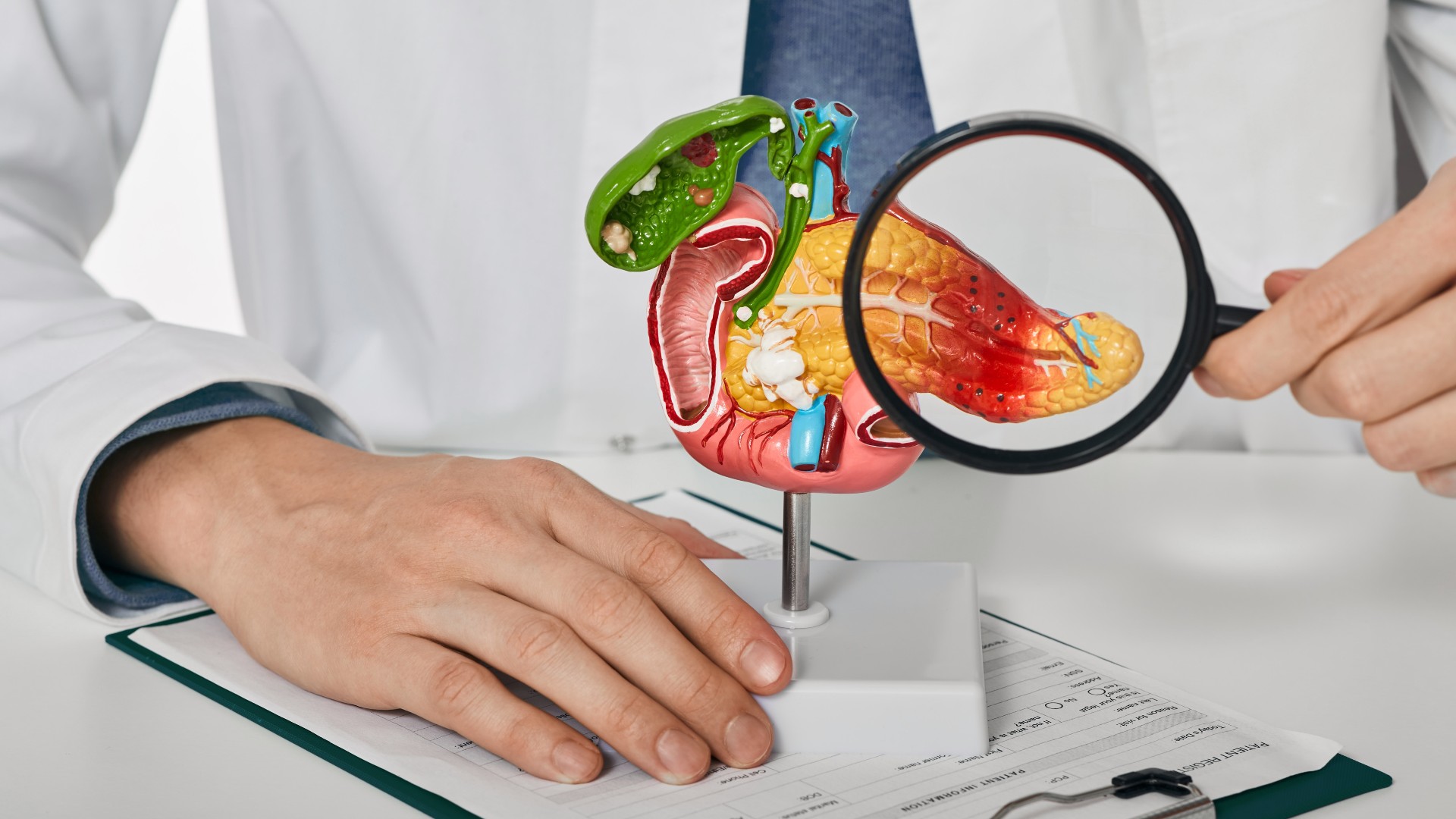
The pancreas regulates blood sugar levels and secretes enzymes that help the intestines absorb nutrients from digested food. Alongside the spleen, it is one of the heaviest organs in the digestive system. The pancreas typically weighs from 2 to 3 ounces (60 to 100 g) in adults, according to Gray’s Anatomy of the Human Body. However, it can be as heavy as 6 ounces (180 g) in some individuals, according to a 1994 study published in the American Journal of Surgery.
10. Thyroid
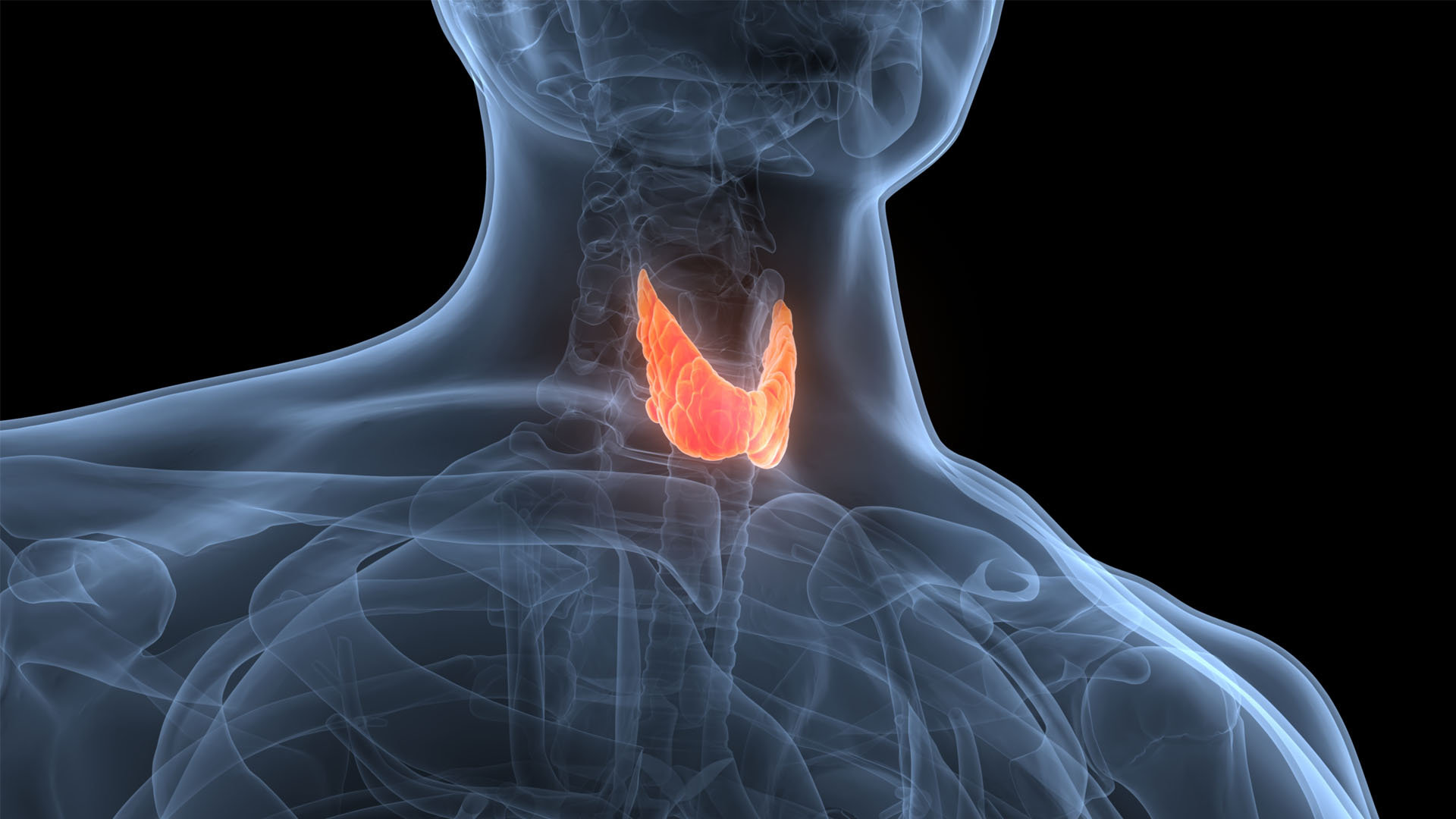
The thyroid, a gland located in the neck, plays a key role in regulating the body's energy use. Its weight varies between individuals, but it usually weighs about an ounce (30 g). The thyroid gland may get heavier during menstruation and in pregnancy, according to Gray’s Anatomy of the Human Body. Hyperthyroidism, a medical condition that causes the thyroid gland to produce more hormones than the body needs, may also lead this organ to grow in size, according to the National Institute of Diabetes and Digestive and Kidney Diseases (NIDDK).
11. Prostate gland

The prostate gland produces an alkaline fluid — meaning it has a pH greater than 7 — that is the primary component of semen. Despite its relatively small size, which is comparable to that of a walnut, the prostate is one of the heaviest organs in the human body.
An average adult prostate is around 0.8 ounces (25 g), but the organ's weight may vary from person to person. An enlarged prostate may grow to well over three times the average size and weight more than 2.8 ounces (80 g), according to the University of Utah.
Sign up for the Live Science daily newsletter now
Get the world’s most fascinating discoveries delivered straight to your inbox.

Anna Gora is a health writer at Live Science, having previously worked across Coach, Fit&Well, T3, TechRadar and Tom's Guide. She is a certified personal trainer, nutritionist and health coach with nearly 10 years of professional experience. Anna holds a Bachelor's degree in Nutrition from the Warsaw University of Life Sciences, a Master’s degree in Nutrition, Physical Activity & Public Health from the University of Bristol, as well as various health coaching certificates. She is passionate about empowering people to live a healthy lifestyle and promoting the benefits of a plant-based diet.
- Nicoletta LaneseChannel Editor, Health










